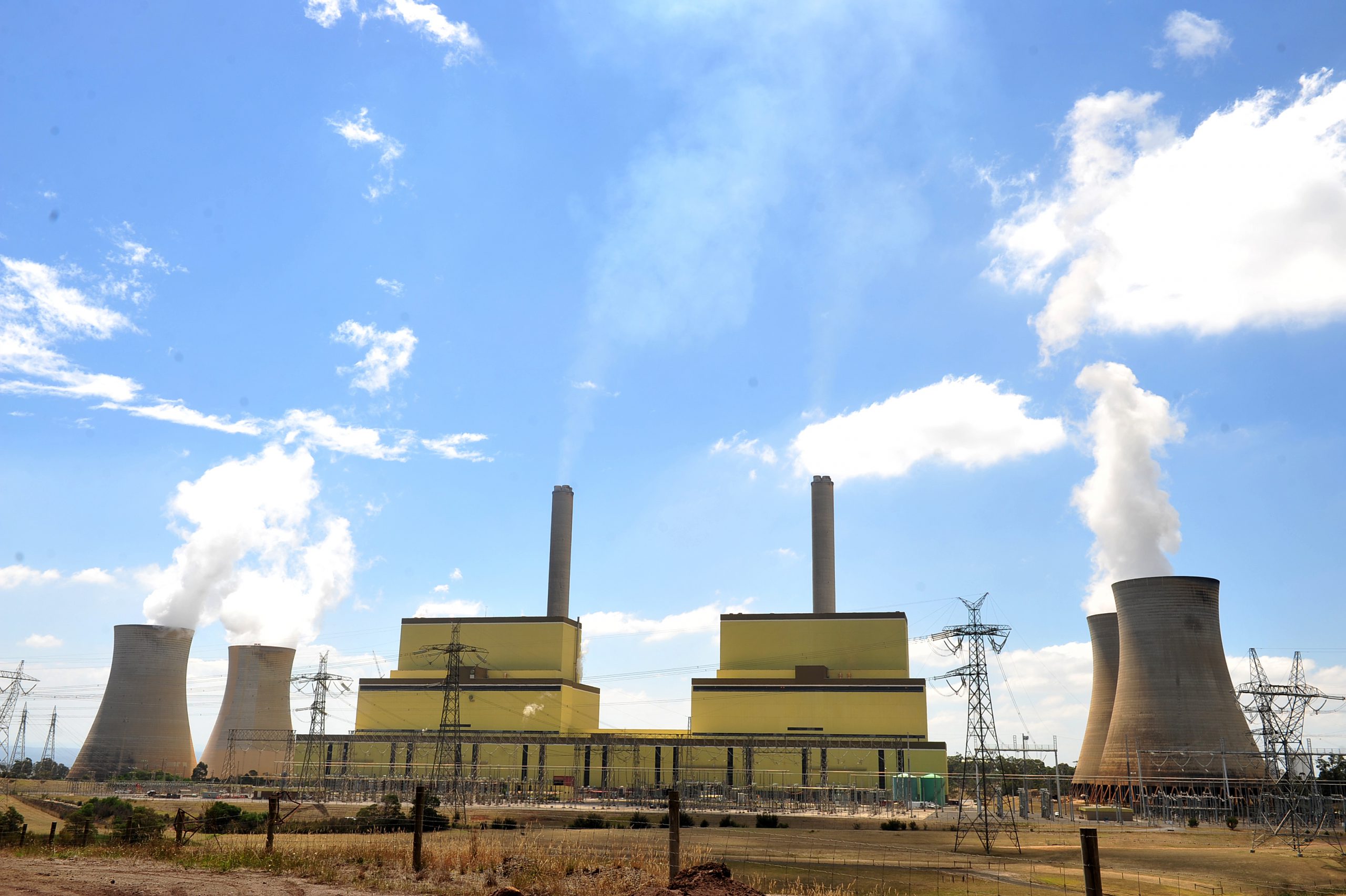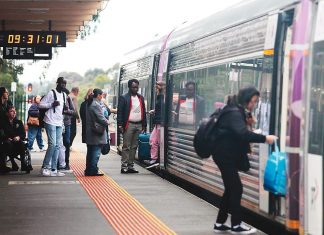The Latrobe Valley is set to benefit from a jobs boost as a result of a world-first project to produce low-emissions hydrogen in the region headed by a Japanese consortium.
The Hydrogen Energy Supply Chain pilot project is expected to be announced today and will initially create 400 local jobs and potentially more in the future.
As part of the half-a-billion dollar project, liquefied hydrogen will be produced from Latrobe Valley brown coal for transportation to Japan where it will be used in fuel cell electric vehicles and power generation.
The project has the backing of the state and federal governments and construction is expected to begin next year.
Prime Minister Malcolm Turnbull and Victorian Regional Development Minister Jaala Pulford are expected to announce the project this morning at Loy Yang A power station.
The consortium comprises Japanese energy and infrastructure companies led by Kawasaki Heavy Industries and has the support of the Japanese government.
Other consortium members include J-POWER, Iwatani Corporation, Marubeni Corporation and Loy Yang A owner AGL.
Various elements of the supply chain will be tested at the pilot plant, which, if successful, will lead to a larger-scale commercial operation.
A commercial plant would be expected to generate thousands more jobs in the region, with the potential to use the hydrogen created in Victoria and across Australia.
“Hydrogen is a fuel of the future and we want to capitalise on that right here in the Latrobe Valley,” Ms Pulford said.
“We’re supporting the industries of the future to bring jobs, opportunities and economic development to regional Victoria.”
Member for Eastern Victoria Harriet Shing said the project provided an opportunity to explore a new industry which already operated successfully overseas.
“If viable, it will create hundreds of local jobs and a pipeline of work for many years to come,” Ms Shing said.
Details of the project were not clear when The Express went to print last night, but in February a Kawasaki Heavy Industries executive told a conference at Federation University’s Churchill campus that initial engineering design work for a plant had been completed.
Mr Kawazone told the forum the hydrogen would be liquefied before being loaded onto special transport ships and sent to Japan by sea.
He said carbon dioxide produced by the project would be separated and stored separately and a carbon capture and storage “solution” would be needed for the project.
In January, Mr Turnbull and Japanese Prime Minister Shinzo Abe signed an accord to jointly pursue opportunities in the hydrogen supply chain between the two countries.
Japan’s desire to pursue hydrogen opportunities stretches back to 2014 when its Ministry for Economics, Trade and Industry created a strategic roadmap for hydrogen/fuel cell development.
At the COP21 Leaders Summit in December 2015, Mr Abe announced the country’s hydrogen policy as part of a plan to create a carbon dioxide-free societies before the country’s hydrogen strategy was finalised in April last year.











